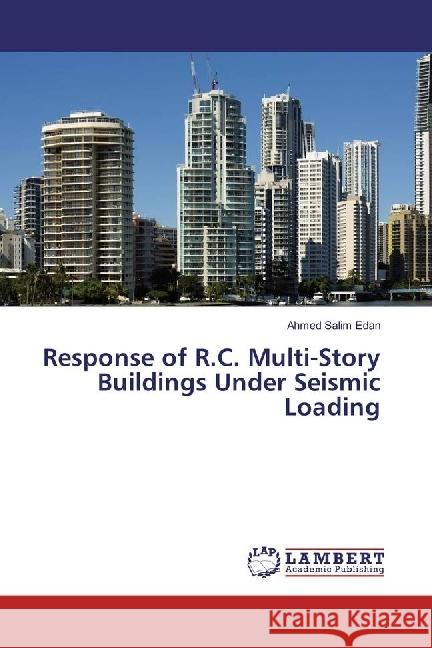Response of R.C. Multi-Story Buildings Under Seismic Loading » książka
Response of R.C. Multi-Story Buildings Under Seismic Loading
ISBN-13: 9783330033344 / Angielski / Miękka / 2017 / 144 str.
The easier and preferable method in designing a building to be scientifically accepted from the engineering part is that the design of that building can exceed the linear behavior and undergoes the nonlinear stage. This can be accomplished by using elastic-perfectly plastic assumption. By this way, the structural building severs some inelastic deformations after the restoring force has crossed the elastic limits (tension or compression) by which the building remains constant at the deformed shape but it can return to the elastic manner, if the vibrational motion reverses its direction of strike. Structural members undergo inelastic deformations when the steel reinforcement severe yielding stresses, and in case of unloading, the members return to obtain their full or particular elastic behavior and this depends on the reverse loading produces tensile or compressive yielding stresses. For this load application, the RCMS building can be represented to be subjected to a cyclic reversed loading. Through each one of the cyclic loading, the quantity of dissipated energy has a relationship with the area under the curve (hysteresis loop).











